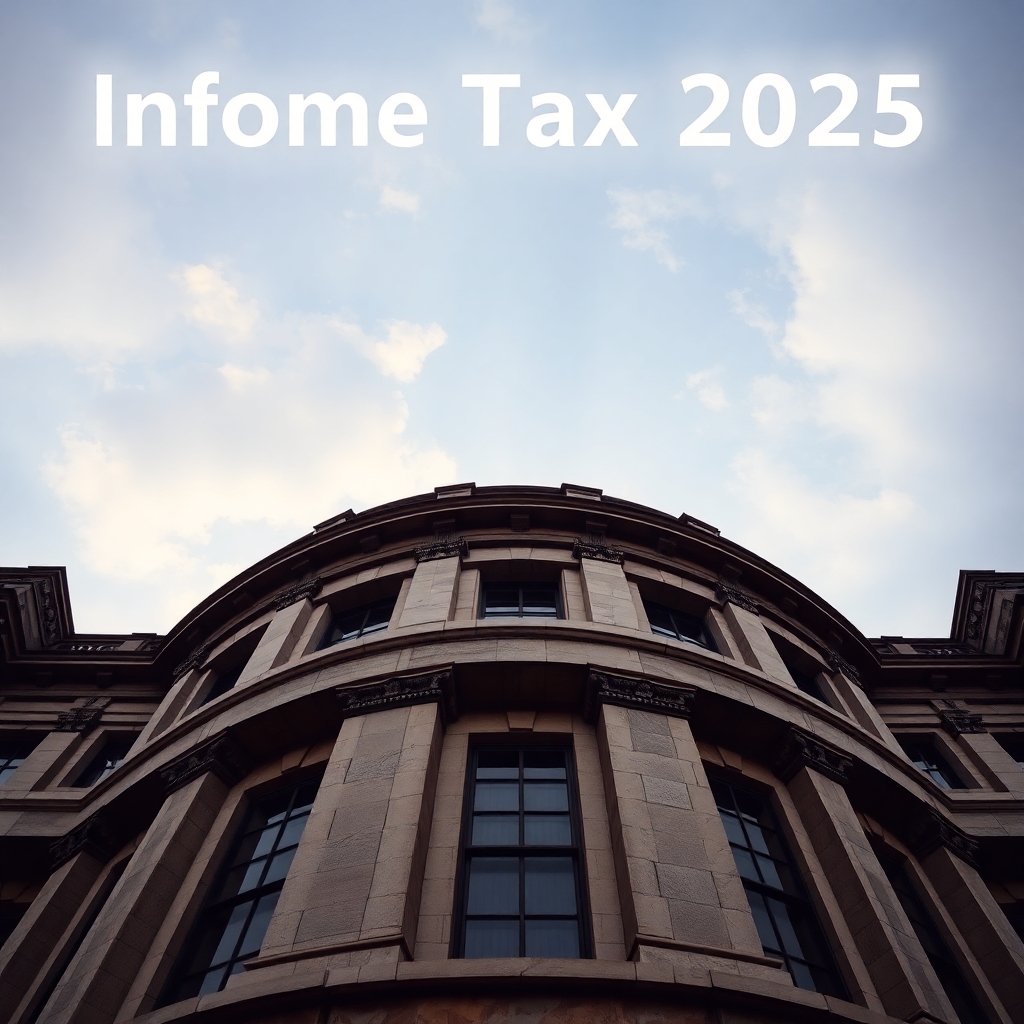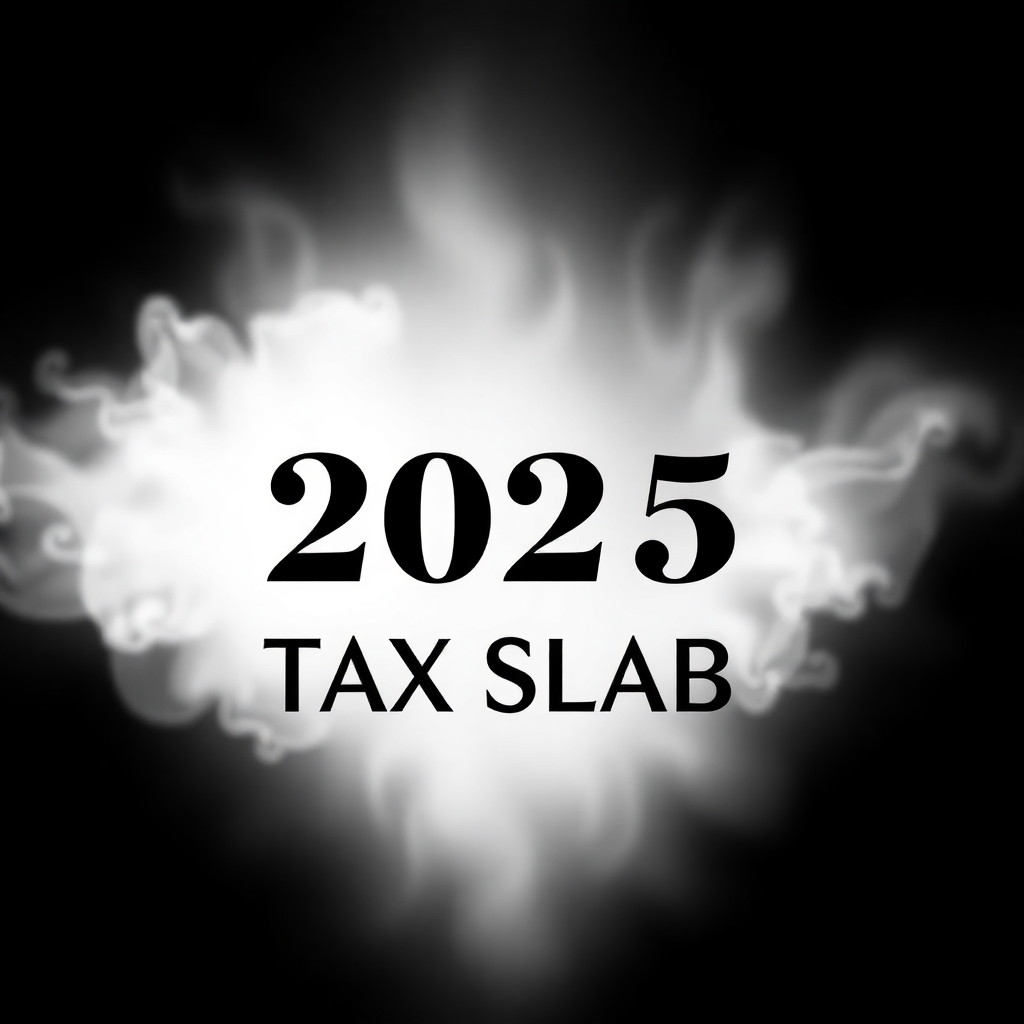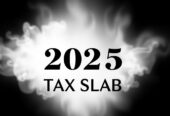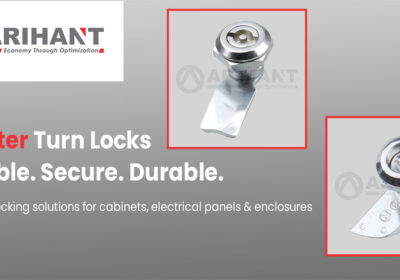The income tax slab system is a progressive tax structure where tax rates increase as income levels rise. This ensures that individuals with higher incomes contribute more to the nation’s revenue. The slabs are categorized based on age groups and income levels, making it easier for taxpayers to calculate their liabilities. For the financial year 2023-24, the government has introduced some changes to the tax slabs, providing relief to certain categories of taxpayers.
Income Tax Slabs for Individuals Below 60 Years of Age
For individuals below 60 years of age, the income tax slab for 2023-24 is as follows:
Up to ₹2.5 lakh: No tax is applicable. This is the basic exemption limit.
₹2.5 lakh to ₹5 lakh: A tax rate of 5% is applicable on income exceeding ₹2.5 lakh.
₹5 lakh to ₹10 lakh: A tax rate of 20% is applicable on income exceeding ₹5 lakh.
Above ₹10 lakh: A tax rate of 30% is applicable on income exceeding ₹10 lakh.
Additionally, a health and education cess of 4% is levied on the total tax amount. This means that if your tax liability is ₹10,000, you will need to pay an additional ₹400 as cess.
Income Tax Slabs for Senior Citizens (Aged 60-80 Years)
Senior citizens enjoy a higher exemption limit compared to individuals below 60 years of age. For the financial year 2023-24, the income tax slab for senior citizens is as follows:
Up to ₹3 lakh: No tax is applicable.
₹3 lakh to ₹5 lakh: A tax rate of 5% is applicable on income exceeding ₹3 lakh.
₹5 lakh to ₹10 lakh: A tax rate of 20% is applicable on income exceeding ₹5 lakh.
Above ₹10 lakh: A tax rate of 30% is applicable on income exceeding ₹10 lakh.
Similar to individuals below 60 years of age, a health and education cess of 4% is applicable on the total tax amount.
Income Tax Slabs for Super Senior Citizens (Aged 80 Years and Above)
Super senior citizens, those aged 80 years and above, benefit from the highest exemption limit. The income tax slab for this category for 2023-24 is as follows:
Up to ₹5 lakh: No tax is applicable.
₹5 lakh to ₹10 lakh: A tax rate of 20% is applicable on income exceeding ₹5 lakh.
Above ₹10 lakh: A tax rate of 30% is applicable on income exceeding ₹10 lakh.
Again, a 4% health and education cess is levied on the total tax amount.
New Tax Regime vs. Old Tax Regime
One of the significant changes in recent years is the introduction of the new tax regime. Taxpayers now have the option to choose between the old and new tax regimes. The new tax regime offers lower tax rates but eliminates most exemptions and deductions. Here’s a quick comparison:
Old Tax Regime
Allows various exemptions and deductions under sections like 80C, 80D, and HRA.
Higher tax rates compared to the new regime.
New Tax Regime
Lower tax rates but fewer exemptions and deductions.
Simplified tax structure for those who do not wish to claim deductions.
For the financial year 2023-24, the new tax regime has been made the default option. However, taxpayers can opt for the old regime if it is more beneficial for them.
Key Deductions and Exemptions
While the new tax regime offers lower rates, the old regime continues to provide various deductions and exemptions that can significantly reduce tax liability. Some of the key deductions include:
Section 80C: Investments in PPF, ELSS, life insurance premiums, and more, up to ₹1.5 lakh.
Section 80D: Deductions for health insurance premiums, up to ₹25,000 for individuals and ₹50,000 for senior citizens.
HRA (House Rent Allowance): Exemption for rent paid, subject to certain conditions.
Standard Deduction: A flat deduction of ₹50,000 for salaried individuals and pensioners.
Tips for Effective Tax Planning
Understanding the income tax slab is just the first step. Effective tax planning involves making informed decisions to minimize tax liability while staying compliant with the law. Here are some tips:
Choose the Right Tax Regime: Evaluate both the old and new tax regimes to determine which one is more beneficial for you.
Overview
- Condition: New








